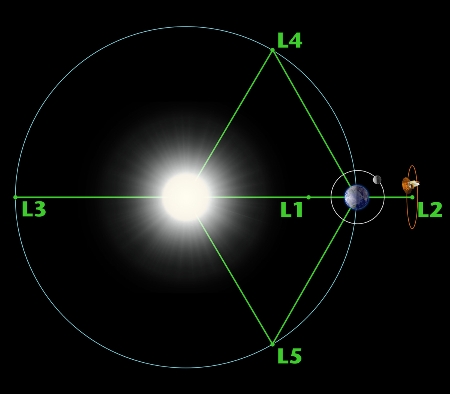7667766266
enquiry@shankarias.in
Aditya-L1 Mission
Lagrange Points

Lagrange Points
Global Conference on Cyber Space 2017
Peace-a-thon
Blue Whales
Cool Subdwarfs
Source: The Hindu, PIB